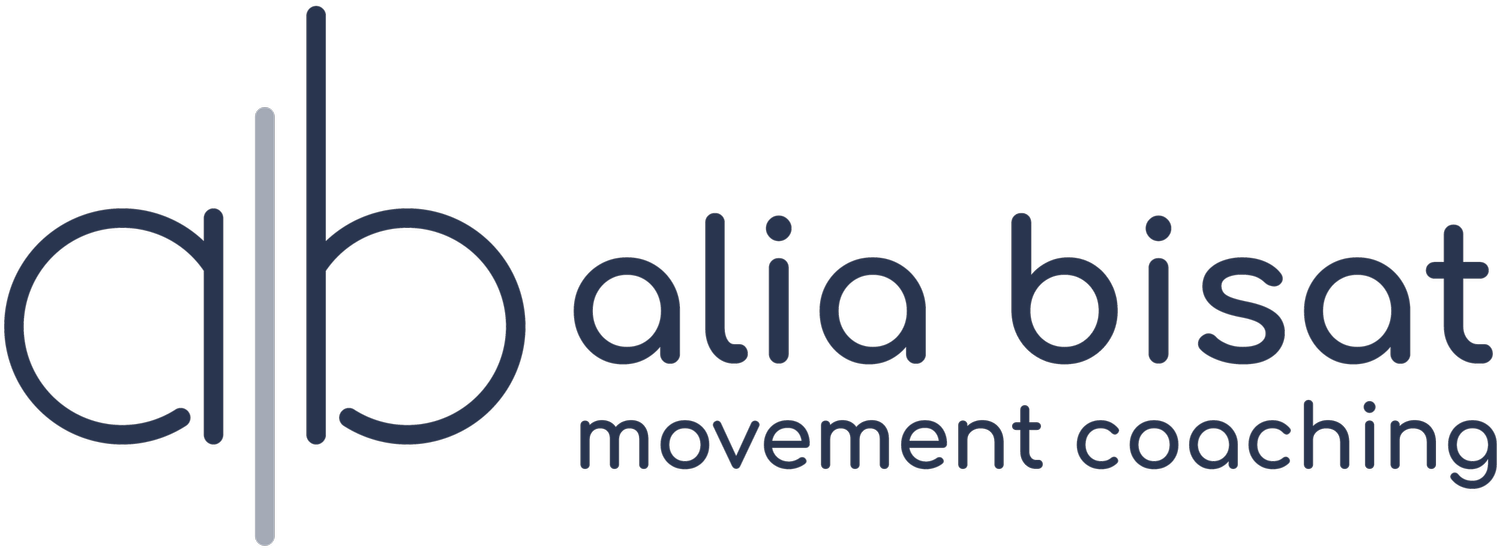Proprioception: Our 6th Sense
A client and I have been working on variations of “get ups” from a chair—different ways to stand up from and sit back down onto a chair. We’ve been playing with different foot positions, using weights, getting up with one leg, etc. For the first several months of practicing these variations, after she would get up from the chair, she would have to look behind her to make sure the chair was still in the same spot before sitting back down. This happened even though the chair was on a stable surface unlikely to slide, and even if the chair was backed up against a wall. This happened over and over again over the course of many months, so it was more than a matter of just getting used to a new exercise. We jokingly attributed it to a possible prank that was played on her as a kid that she might have long forgotten about. I bought it, it seemed plausible, until one day she stopped looking back at the chair before sitting down. It dawned on me that her proprioceptive awareness was what was at play—it had increased and made her more confident in navigating her movements in relation to the chair.
Proprioception is something we take deeply for granted—it’s the “6th sense” or how we know where we are in space to then accurately and efficiently interact with our environment. For example, there’s a glass of water on my coffee table right now. I can, in one successful attempt, reach for it with the right amount of speed, force, stretch, and hand articulation needed to grab the glass of water off the table. When I climb a set of stairs, I intuitively know how high to lift my leg and how much effort is required to do so successfully without any thought. These seem like such obvious things for us to be able to do—until we try something new. When you try do a movement or exercise you’ve never done before, it’s likely that it’s pretty clunky. It’s not smooth, it might be wobbly, you might use too much force or you might “miss” the target if there is one. If you have a strong sense of proprioception, you will likely learn new these new movements or exercises faster than someone who’s proprioceptive sense is not well honed.
The proprioceptive system works by way of receptors in our skin, muscles, and joints that constantly communicate to our brain where we are in space at any given moment. Just like all communication systems in the body, this system can be strengthened or weakened. We can strengthen our proprioceptive sense by using our body to do various types of movements, paying close attention to some of the movements we do throughout the day, and using our body in novel ways that activate receptors that may not be activated regularly.
With months of seemingly unrelated exercises that helped my client feel her body in various positions doing various tasks, she became, unconsciously, more confident in knowing where she was in space and how to navigate her environment. She knew how to get back into the chair by way of a strong proprioceptive sense in her body—she didn’t need her visual system (looking back) to confirm it.
This feat seems small. She didn’t even notice, until I pointed out to her when she was finished, that this was the first time she didn’t look backwards. But it’s not small when you consider what it really means to have to look back at the chair to sit down—there’s a sense of being unsure, untrusting of your ability to complete a simple task in a safe way without having to double check. Even if it’s for a split second, imagine how many times a day those split seconds may occur as we move throughout our daily lives—they will add up. In fact, research has shown a link between lack of proprioceptive awareness and anxiety, and when proprioception is increased, anxiety decreases.
Increasing one’s sense of proprioception for the sake of moving better—with more confidence, less hiccups and hesitance—is enough of something to strive for. But in the next post, I’ll introduce how a better sense of proprioception can increase balance ability and help alleviate chronic pain.
keep moving.
